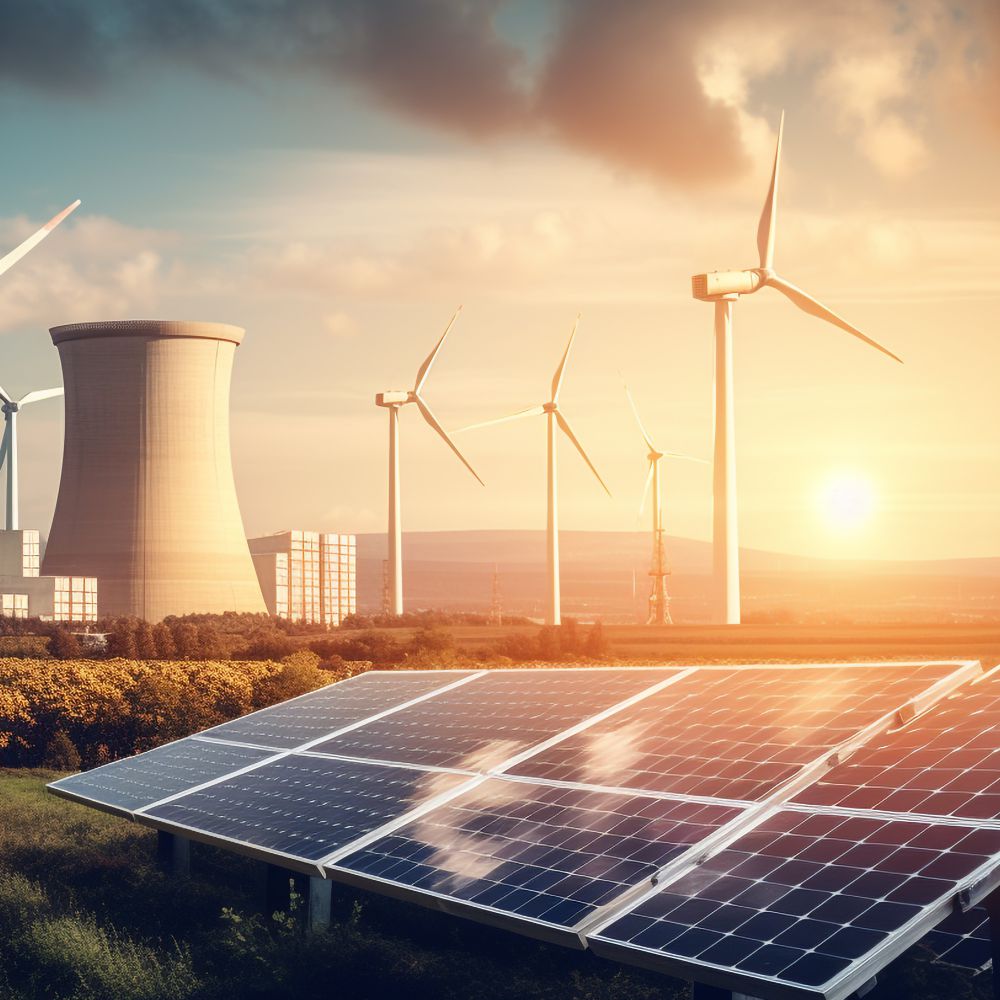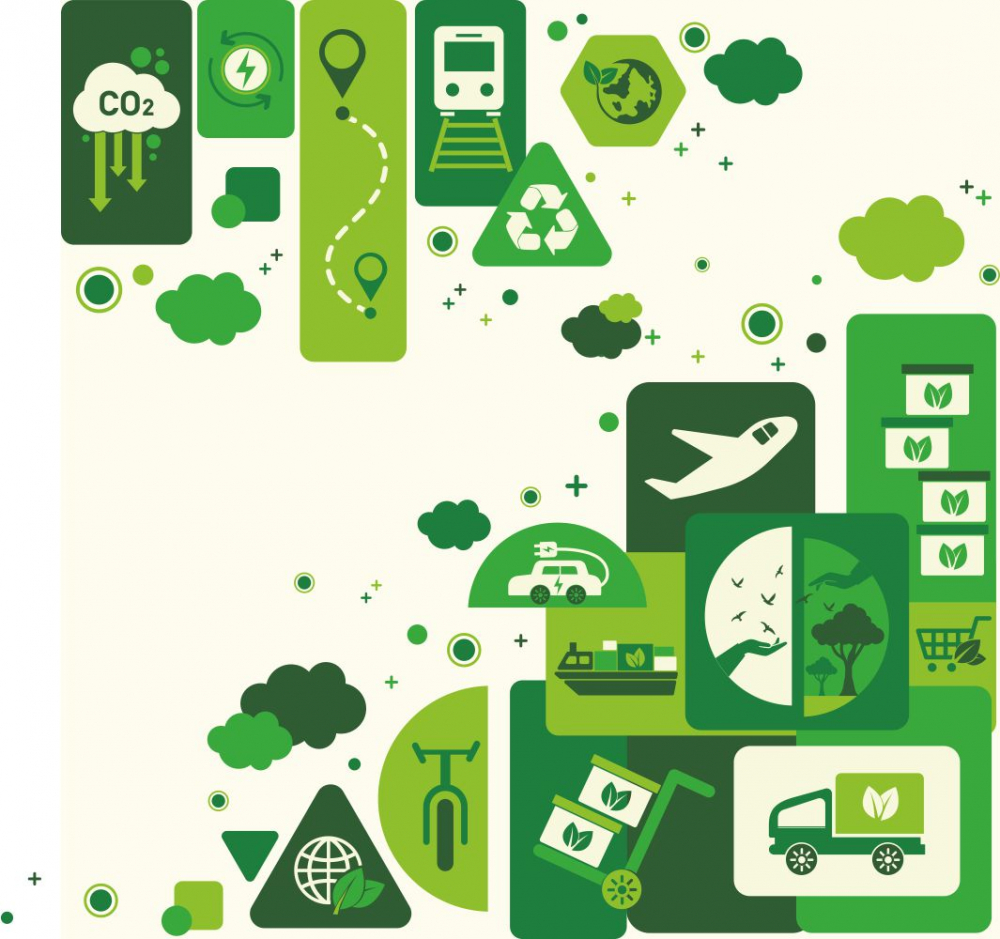PADMASHREE PROF. GANAPATI YADAV, NATIONAL SCIENCE CHAIR, SERB, GOVT. OF INDIA; EMERITUS PROFESSOR OF EMINENCE, ICT MUMBAI, AND CONSULTANT TO INDUSTRY
It is becoming increasingly clear that good Governance drives environmental and social responsibility ownerships (and not the other way round). In this scenario, how C Level leadership will balance & integrate ESG priorities to the organisation’s value chain model?
Whether it is a CEO or an employee, they have to be environmentally conscious, socially responsible and we must mention the ethical standards, which is the basic principle in ESG. Since we are talking about environment, carbon neutral fuels or low carbon fuels are one of the alternatives that hold immense potential in reducing the greenhouse gases and in a country like India where wood is used as a firewood, one can imagine the kind of carbon dioxide emissions we generate.
As a matter of fact, last year the entire world generated 40 gigatons of carbon dioxide. We must reduce this figure to less than 10 gigatons, then only we'll be able to maintain the 2 degrees Celsius limit or 1.5-degree Celsius limit. That requires everyone to ensure stringent environment management and every company must take efforts whether it is with regards to water management, land management, building management and the recycling endeavours because tomorrow's world will be a recycling world.
I jokingly call my students of chemical engineering the Recycle Engineers of Tomorrow where they will treat all materials including energy, whether it is physical, chemical, or biological to be recycled, otherwise one Earth is not sufficient for us. We have to be environmentally conscious and energy efficient because a lot of energy is lost during transmission. When we talk about social angle to the ESG priorities in an organisation, we have to be inclusive, gender-sensitive and we must value human rights, which are the integral parts of the SGD goals.
Since I am a board member of the over six leading companies, I always emphasise on adhering to the ethical standards of the board, which requires a strong governance model, a gender diverse board membership including women members on the board, which is also a mandate from the BSE. Every company must ensure a right balance of independent directors who are not the promoters. If you want to promote any policy, you have to engage with the political class whether you like it or not because they are ultimately making the legislations. In short, everyone has a role to play in meeting the ESG agenda.
The shipping industry is probably the most challenging sectors to decarbonize—faces growing calls by shareholders, regulators, customers, and other stakeholders. In this scenario, what is the role that shipping companies including their boards/ CEOs can play? How financial institution / banks can help them in this journey?
The shipping industry produces about 2.5% of global greenhouse gases for a simple reason that they use tons of oil as a fuel. In order to reduce the environmental impact, shipping industry must find alternative sources as renewable resources as a fuel. At times, we hear companies utilising biofuels, ethanol-based fuels, which are carbon neutral in nature. But I am of the firm belief that we need carbon negative sources such as hydrogen and ammonia. Hydrogen is directly being used as a fuel, which has the potential to reduce the impact on the environment, particularly
in the shipping industry. Same is true for green ammonia. It is not just green hydrogen but green ammonia because green ammonia can be stored at a lesser pressure, for example 10 atmosphere vis-a-vis hydrogen, which may require anywhere between 300 and 700 atmospheres. There are many ways where shipping industry can work towards reduce their emission impact. Can we use batteries for shortest distances? This necessitates the deployment of heavy duty batteries. These batteries also require electricity, which can either be powered by solar, wind, hydro, or nuclear resources. By all these measures, about 2.5% impact can be brought down. I believe that the industry stakeholders are fast realising the harmful impact and are taking significant steps towards ensuring sustainable expanse. By taking small yet impactful steps, companies can design systems better and improve energy efficiency of the shipping business.
Measuring scope 3 emissions is very difficult since most activities happen outside of an organisation. What kind of ecosystem or infra an organisation requires in order to accurately manage / control scope 3 emissions?
Scope 3 emissions, also known as value chain emissions, are indirect GHG emissions both upstream and downstream of an organisation’s main operations. This usually means all of the emissions a company is responsible for outside of its own operations—from the goods it purchases to the disposal of the products it sells. It is often the case that Scope 3 emissions are by far the largest proportion of an organisations’ carbon footprint. However, they are also the area over which businesses have the least control and have the most difficulty quantifying.
Steel industry is not only highly energy intensive industry but a highly polluting industry as well. Around 2.38 tons of carbon dioxide is emitted per ton of steel produced and I think India will produce about 120 million tons between 2020 – 2022 and it is likely to go to 300 million tons by 2030. One part of the solution is utilising green hydrogen. Another initiative that companies should fast explore is by depolymerising, repolymerising, upcycling and downcycling of plastics.
As far as the emissions are concerned, the so-called Scope 3 emissions, which are indirect emissions, companies need to ensure their suppliers are following the due diligence and implementing ecofriendly processes in their operations. For instance, transportation of raw as well as finished materials result in huge amount of CO2 emissions. Steel companies must evaluate and analyse the life cycle analysis along with their logistics service providers and ensure that they adhere to the international standards being laid down by the respective organisations.
The type of fuel used by ships has a direct impact on the industry’s carbon footprint. What alternatives do the shipping companies have in this regard?
The shipping industry can use green hydrogen, green ammonia, and electro fuels. Using a mix of electro-fuels and electricity which are produced using renewable energy, plus some limited biofuels, the shipping industry can achieve the GHG goals and reduce emissions further. Production of electricity from renewable sources and battery storage technology is needed. However, further research and innovation are needed to scale up for production of zero carbon and carbon negative technologies. Policy framework for shipping industry is required.
Introduction to Integrating ESG in the next phase of business growth

Categories

Magazine Editions






















